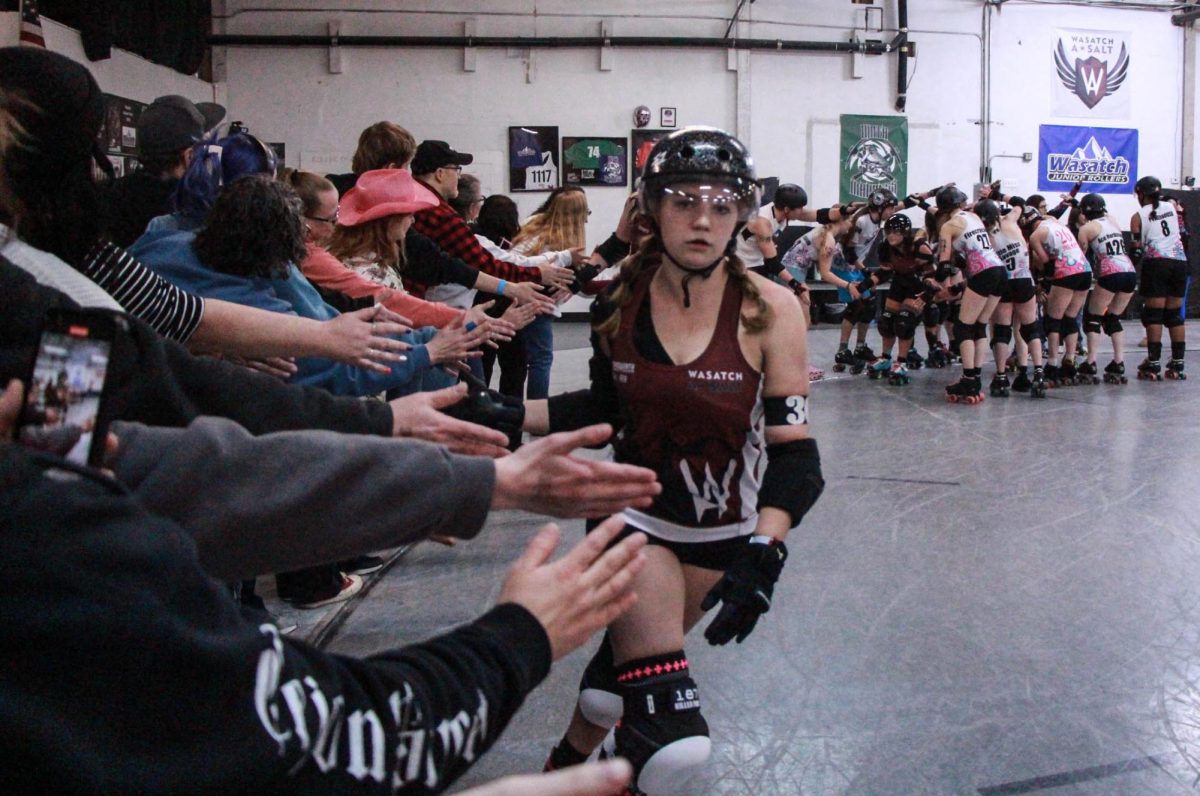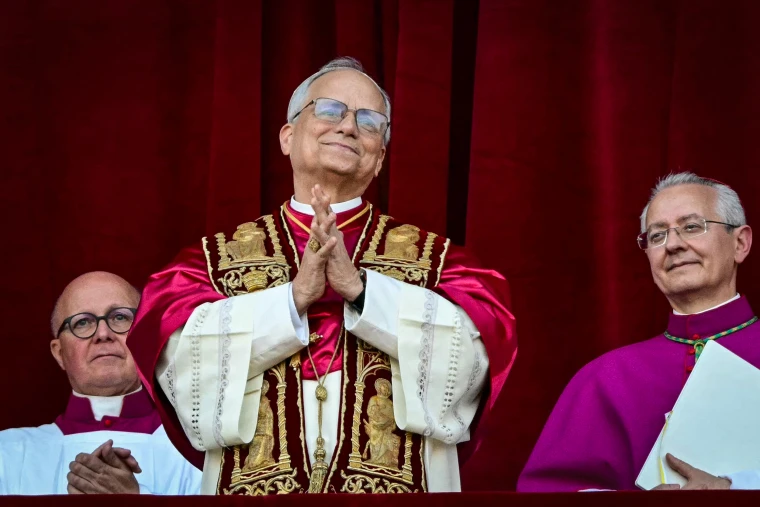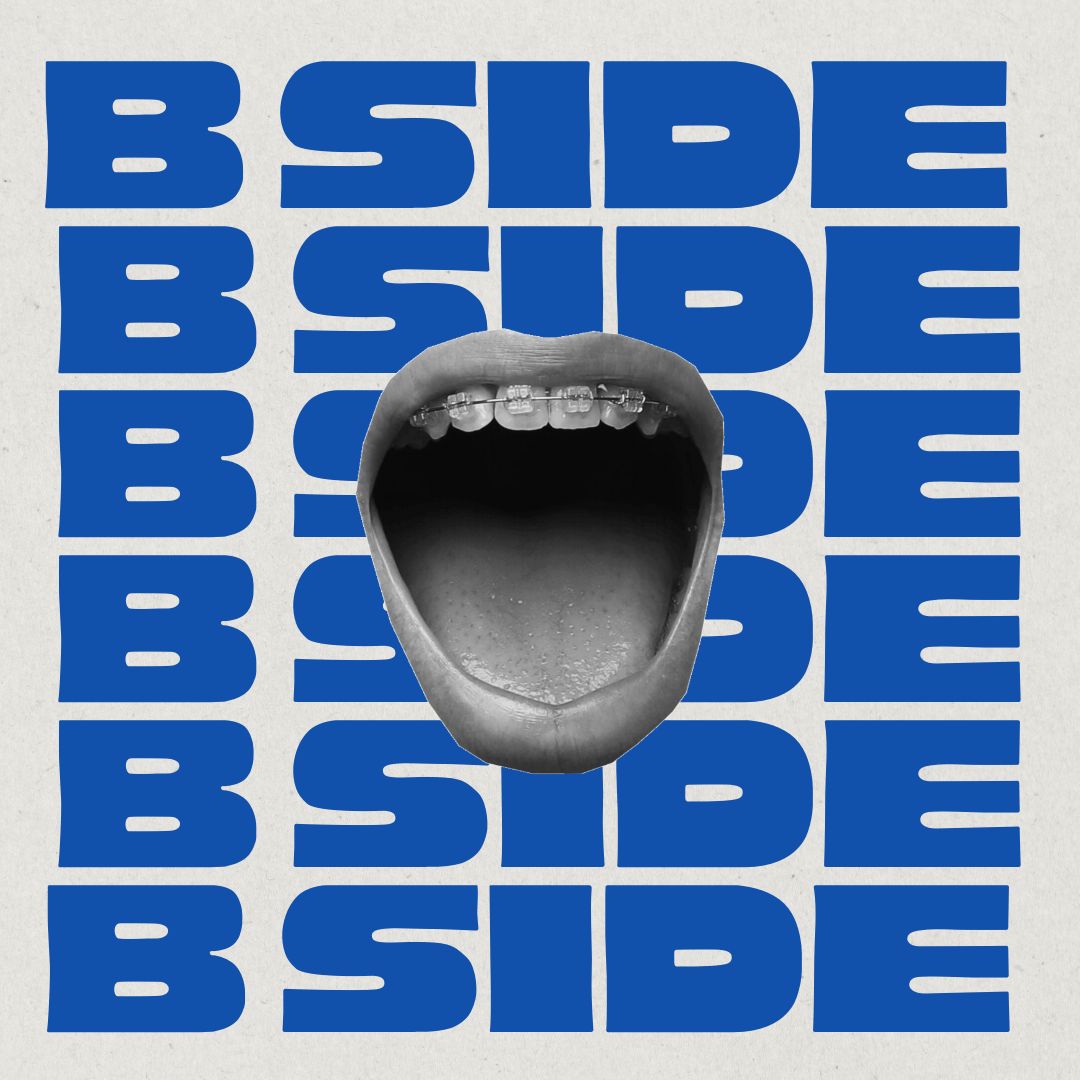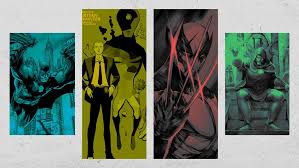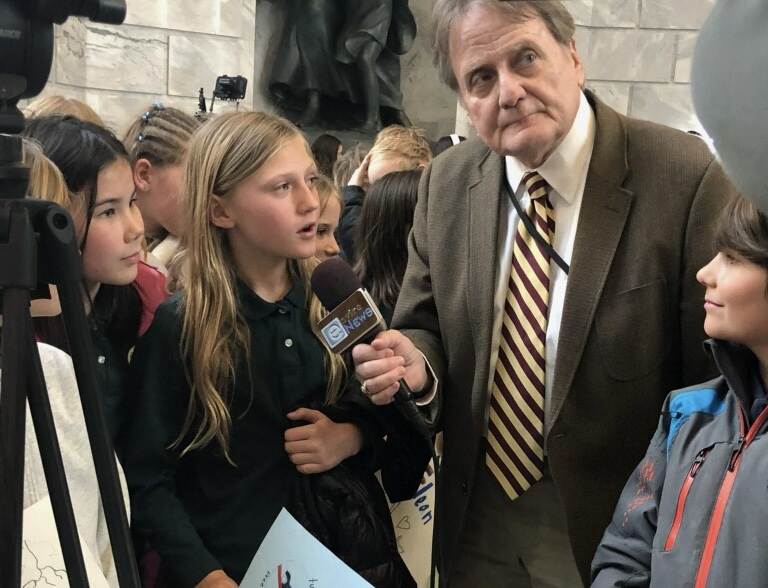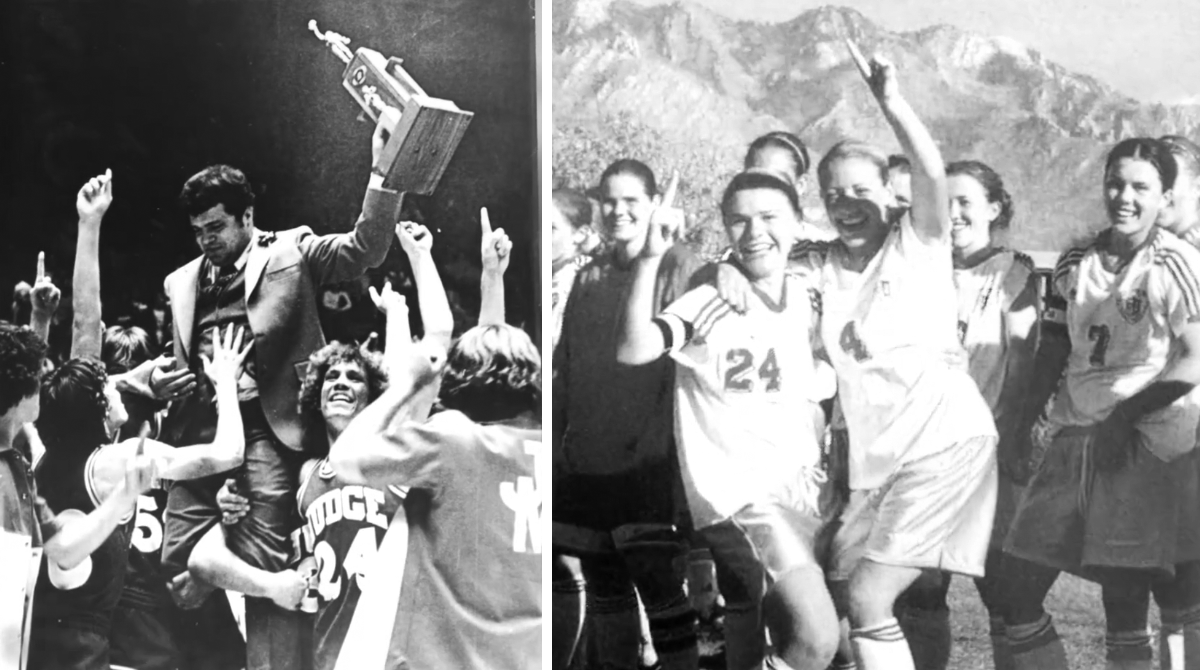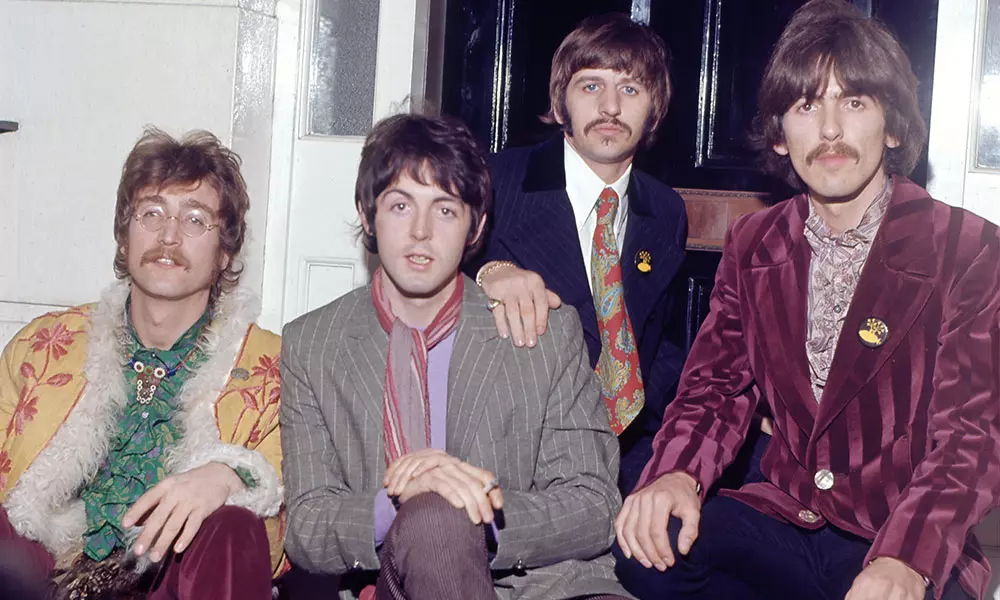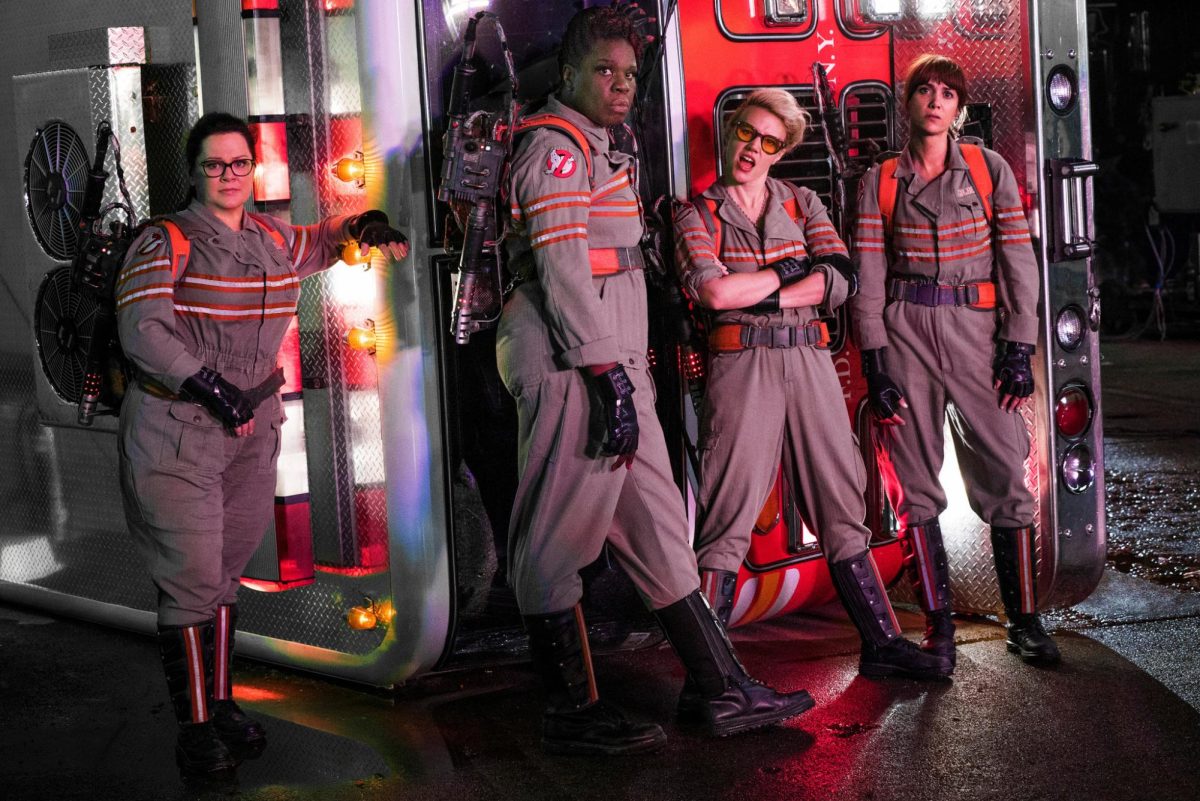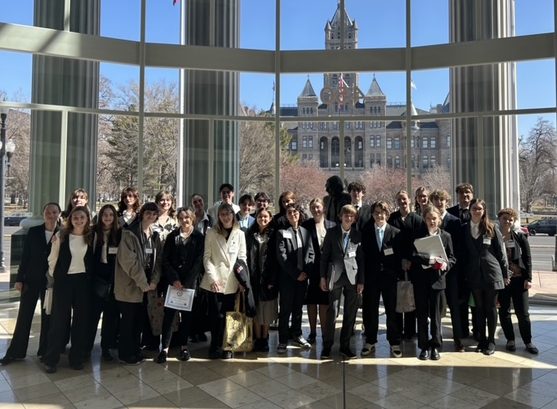Bob Dylan is one of the most prolific and popular musicians ever, selling almost 50 million records and producing 40 records since 1962. However, he leads a private life out of the public eye. This especially became significant when he “went electric” at the Newport Folk Festival in 1965.
Dylan and his original songs had taken the folk world by storm in the early 60s, but he traded in his acoustic guitar for an electric guitar on his album, Bringing It All Back Home. To folkies, this was a betrayal, and people reacted. Pop music back then was the Beatles and the Byrds who used electric instrumentation and wrote easy to listen to songs that everyone could easily enjoy. This perceived “sellout” to pop and surrealist lyrics instead of protest songs sparked outrage, sometimes even violence. In his memoir Chronicles: Volume One, he says “[People] were breaking into our [house] at all hours of the night.” This outrage around Bob Dylan “going electric” is what the 2024 movie, A Complete Unknown, centers around. However, A Complete Unknown is not the first Bob Dylan biopic, I’m Not There, an art film released in 2007, was the first major attempt to portray Bob Dylan.
These movies are in the biographical picture also known as the biopic genre, specifically the music biopic subgenre. This genre has become immensely popular partially because musicians have similar brand awareness to Marvel and LEGO. Making a music biopic with the name “Bob Dylan,” has a built-in audience of Bob Dylan fans that isn’t there with original story movies.
However, there is a major issue with most music biopics: they are formulaic. The movie begins right before the subject goes on stage before a performance and then goes back to childhood trauma. They get older and get discovered by strangers and record their first hit album, then there is a montage of live performances. They get addicted to drugs which causes a “dark period” where they push the people close to them away. They do some kind of rehab and play a big concert, and it ends with text of what they did for the rest of their career.
The problem with the formula is that it is hard to tell a compelling story when they try to cram so many events in one movie. Each event, each song or performance does not get enough attention. For example, in “Walk the Line,” the Johnny Cash biopic, June tells Johnny that he can’t “walk no line,” and it immediately cuts to him with a finished product of “I Walk the Line.” Contrast that with one of my favourite music biopics, “Love & Mercy” about Brian Wilson. There is a scene of the inspiration for “Good Vibrations” and another where he and Mike Love are struggling through the songwriting process and yet another of them actually recording the song. This actually shows us Wilson’s musical genius and his creative process instead of just telling us it was a hit. The conflict of the movie is usually crammed in the end when the subject gets addicted to drugs, however that makes for an incohesive storyline. The only ideas expressed are that the subject went through a lot and was a great person. There should be more depth than that. These movies take real lives that are complex and interesting, and turn them into boring cliched formulas. So, how do A Complete Unknown and I’m Not There compare to the formula and are they any good?
I’m Not There is an art house film that casts seven different actors to play “ideas” of Bob Dylan. The film is not structured traditionally as we jump around between different Bobs who are filmed in different styles appropriate to their themes and tones. The genius aspect of this movie is it’s structured to fit Bob Dylan’s complex life and personality. The performances from Heath Ledger, Cate Blanchett, and Christian Bale all as Bob are outstanding because they show compelling aspects of his personality. My favorite Bob is Cate Blanchett, who plays Dylan right after he went electric. This was a time when he was facing a lot of backlash from the media and folkies, who didn’t approve of his betrayal. The focus on the way Bob felt towards the media is emphasized by music video-like sequences to songs like “Ballad of a Thin Man,” which criticized the way he was treated by the media. The movie almost follows the lyrics word by word as a member of the media named, Mr. Jones (the name from the song), who goes to the restroom, ends up at a freak show, and becomes the freak. It emphasizes how Bob is feeling like he is the freak, and portrays how the media tries to place expectations on him because they think they know more and have more authority. This aspect of the movie really stands out. Heath Ledger’s portrayal of Dylan’s home life and marriage also stands out because unlike most biopics, it shows Bob as a bad person. The movie depicts the way he treats his wife in the movie as misogynistic and rude while still showing that they deeply love each other. This shows that Bob is more than just a singer because he also has personal struggles which shows his human complexity. Overall this movie is incredible albeit pretty inaccessible. Most people, especially those who are both non-Dylan fans and non-art film fans will not enjoy this.
A Complete Unknown only casts one person as Bob and that is Timothee Chalmet. When I heard about this casting, I was not optimistic. However, Chalmet exceeded my expectations. First and foremost his love for Bob Dylan and his music shines. Many people of our generation do not know Bob Dylan well, but Timothee performed his personal favorite Bob songs on SNL: “Tomorrow Is a Long Time,” “Outlaw Blues,” and “Three Angels.” Those are pretty obscure songs which go to show how much love Chalmet put into his portrayal. He nails Bob’s attitude towards his fame and his attitude of not owing anyone anything. Two more great performances are Boyd Holbrook as Johnny Cash and Edward Norton as Pete Seeger. Norton is Seeger, he just gives the same gentle folkie vibes and exhibits his ability to involve the audience in his performances. Holbrook looked so much like Johnny that the moment he got up on stage, I audibly squealed in the theater.
However, what makes A Complete Unknown great is that it breaks the biopic format while still telling an accessible story. The movie covers four years of Bob Dylan’s life, from his arrival in New York in 1961 to his infamous 1965 Newport performance. There is nothing in the movie about his past or childhood, which is how Bob wanted it to be when he went to New York. He wanted to be a mysterious figure, something the movie captures perfectly. So, it only tells the story of his rise to fame as a primary artist of the Greenwich Village folk protest movement by showing him reacting to the Cuban Missile crisis by writing songs like “Masters of War” and “Blowin’ in the Wind.” It also shows how he reacts to becoming famous and what inspires him. In one scene he is walking down the street and sees a vendor selling a toy train whistle, he purchases it and brings it into the studio to use it on “Highway 61 Revisited” (listen to it, it’s pretty wacky). A good amount of time is also devoted to Bob in the studio and writing songs. This display of his creative process lets us see him as a songwriter and artist, not just a popular dude. The climax of the movie shows various reactions to his going electric at Newport in 65. One funny scene I’m glad they put in was Pete Seeger almost cutting the cords to the speakers while Bob was performing. This was a reference to when Pete said “I was so mad, I said: ‘Damn, if I had an axe, I’d cut the cable right now.’ I really was that mad.”
These movies are both great and break the mold of the traditional music biopic formula. If I had to choose one I would pick I’m Not There, but A Complete Unknown is also an incredible movie. I’m very glad that one of my favorite artists got two good movies that do not follow the formula as Bob Dylan movies, but instead are compelling stories about the person of Bob Dylan and what he means and represents. A few music biopics I’m looking forward to are Michael about Michael Jackson and Deliver Me From Nowhere about Bruce Springsteen which are coming out later this year and the four untitled Beatles biopics, each from a different perspective.

